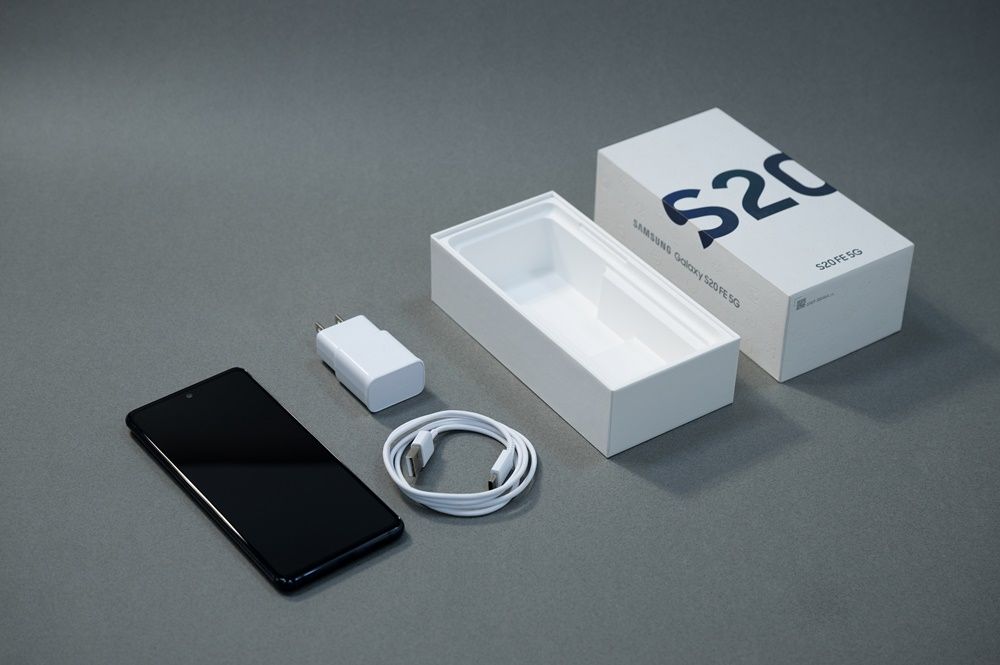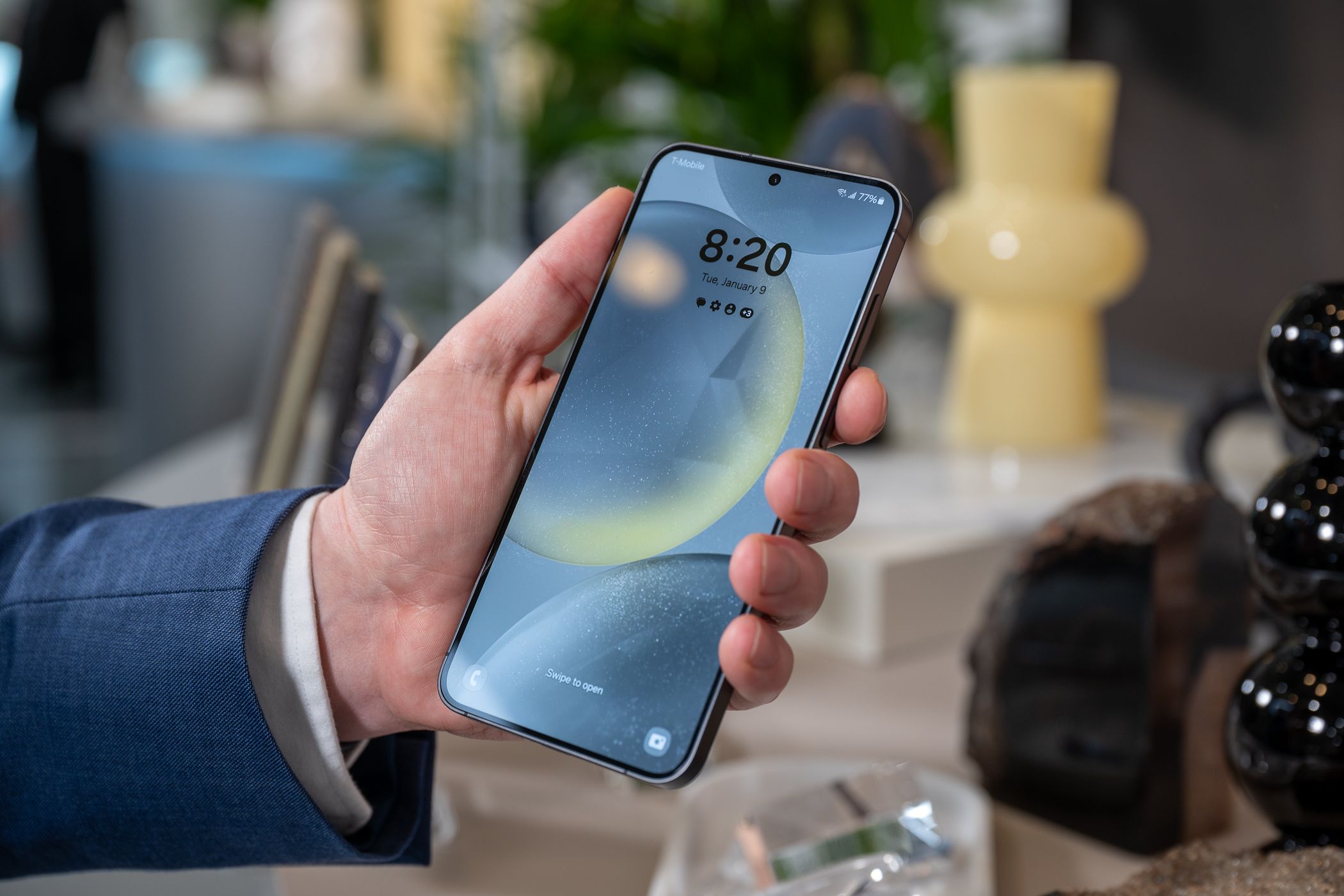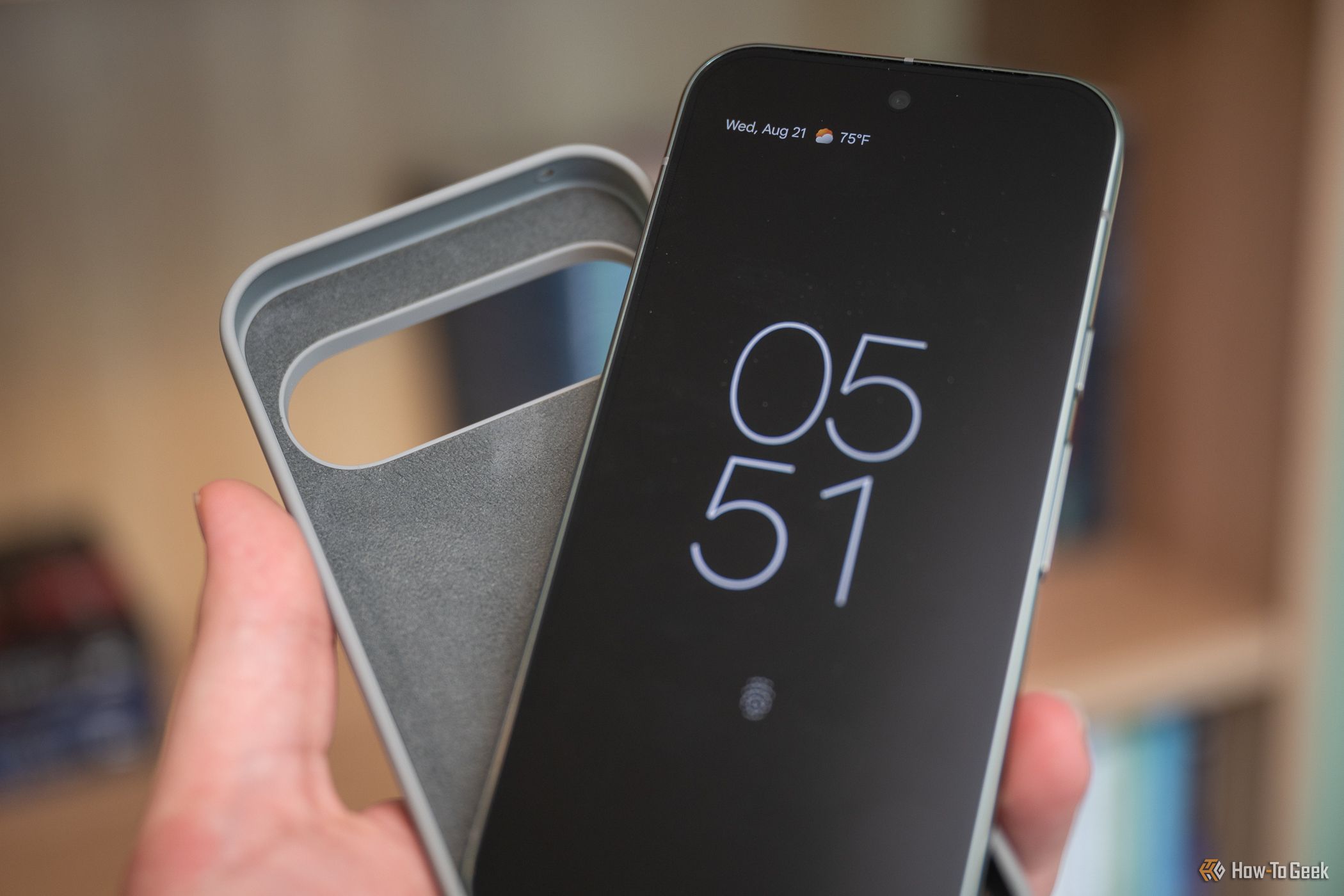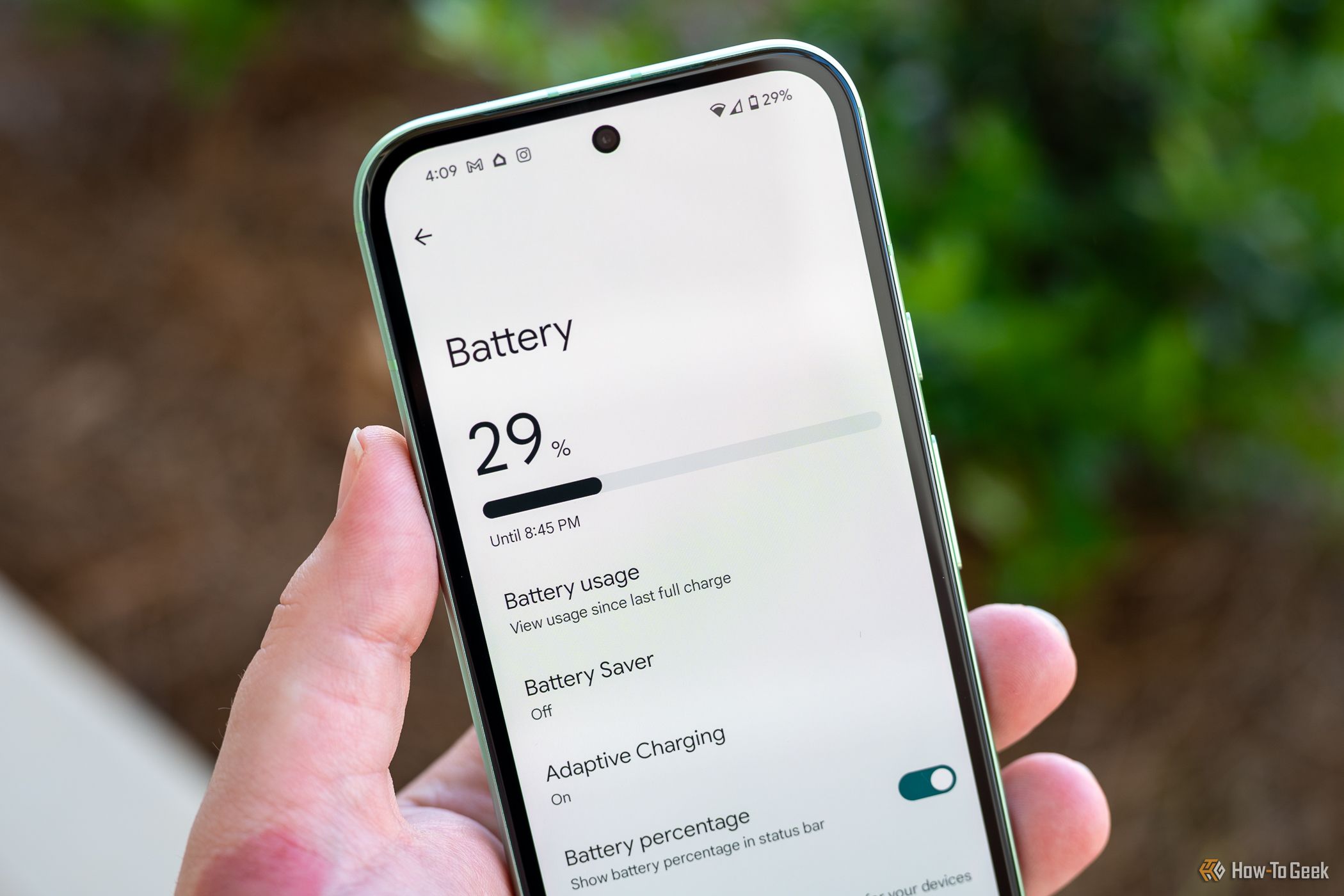Trading in your old phone when upgrading to a new one is a quick, hassle-free way to reduce the effective price of the latter. But you’re far more likely to get better value if you take the time to sell the device via a second-hand marketplace. Follow these tips to maximize your phone’s resale value.
Keep the Original Bill, Box, and Accessories
People looking to buy used phones want the experience to be as close to buying a new one as possible, and are often willing to pay quite a bit extra for it. This is why, whenever I buy a new phone, I make sure to keep the box and all included accessories, like the USB-C cable, SIM ejector tool, power adapter, case, and even the user manual.
I also keep the original copy of the bill, so the buyer can match the IMEI number written on it with the one mentioned within the software. This helps establish proof of ownership and validate the phone’s authenticity, and is especially important for higher-end models where buyers are wary of counterfeits or stolen devices.
Keep in mind that there are thousands of other sellers on the platform, many of whom are likely offering the same phone model as you are. A complete package with all the original accessories makes your listing stand out because the buyer wouldn’t have to go out of their way to buy them separately and settle for cheaper, less ideal alternatives.
It also makes it easier to believe that your phone is in good condition because, for prospective buyers, bothering to take care of these accessories implies meticulousness and foresight.
In other words, it invites confidence that your phone has been used with care and won’t give them problems down the road. Nobody wants to buy a used phone only to have the back cover start to come off due to the original owner’s improper handling, for instance.
Case in point, I recently sold my Galaxy A52, which I bought for roughly $250 after discount, and managed to get $80 for the whole package—almost a third of the price I paid.
That’s despite the fact that my unit was the 4G variant and had outdated specs like a 90Hz panel, an 8nm chip, and a 4500mAh battery. But it’s in good condition, and the bundled accessories supposedly make up for these deficiencies.
Gather Any Warranty Information
The standard warranty for most phones lasts a year, and almost no one sells their phone that soon. However, if you’ve purchased an extended warranty, your phone usually gets covered for an additional two years, which adds value that potential buyers would be willing to pay extra for, assuming that the care plan is transferable.
Make sure to read the company’s terms and conditions to get a better idea. If the plan is not transferable, it’s smarter to make a claim right away and get any defects or visual imperfections fixed before listing your ad.
Even if you don’t have an extended warranty and have never used the standard one, you can use it to your advantage. Mention how the device has never undergone repairs or needed warranty claims, implying it was well taken care of from the get-go and has all original parts.
Run a Diagnostic Test to Spot Defects
There are several third-party apps that help you conduct a full diagnostic test to check for any flaws or defects present on your phone. Maybe the fingerprint reader is not working, or NFC transactions keep failing, or the inserted SD card doesn’t show up in the Files app.
It’s better to be aware of what’s wrong with your phone beforehand, so these problems don’t surface unexpectedly when the buyer comes to inspect the device. Even if the hardware is in great condition, it’s not going to matter much if the software is unresponsive.
If you own a Galaxy phone, you can run this test without having to download any third-party app, which may not be fully reliable, by using Samsung’s built-in diagnostic tool. It conducts over 20 different tests to check stuff like the USB connection, wired headphones, touchscreen, sensors, buttons, mic, speaker, camera, vibration motor, and more.
Note that this test requires the Samsung Members app, which most likely came preloaded on your phone. In case it didn’t, you can get it from the Play Store or Galaxy Store. If your device has any defects, be transparent about it and adjust the asking price accordingly.
Use a Case and a Screen Protector
The single most effective thing you can do to maximize your phone’s resale price is to use a case and a screen protector from day one. Granted, phones today are much tougher and can handle far more abuse, but using your device without any protection whatsoever greatly increases the chances of damage.
In fact, the angle at which your phone falls and the curvature of its screen play a much bigger role than the inherent strength of the glass used in determining whether it will crack. So even if your phone has the latest Gorilla Glass, don’t risk it.
Using a case and a screen protector in this context is not just about avoiding major cracks or a shattered screen, but also about preserving the cosmetic condition of your phone. Even tiny scratches, dents, and scuffs greatly reduce the perceived value, whereas a phone in near-mint condition fetches a much higher price.
You don’t even have to get a rugged case that makes your phone feel like a brick, just a regular silicone one is fine. But make sure it has raised edges and fits firmly, so your screen isn’t the first surface that hits the ground in case of accidental drops.
When it’s time to sell, I usually bundle the case with the phone to further sweeten the deal for the buyer. After all, what am I going to do with the case after the phone is sold?
Follow Tips to Preserve Battery Health
iPhones have had an option to check battery health since 2018, and select Pixel phones will get it with the Android 16 update. As the average lifecycle of phones has increased, people are upgrading less frequently, so preserving battery health has become more important than ever.
This is especially true if you’re planning to eventually sell your phone, because a degraded battery is an immediate red flag to potential buyers. No one wants to go through the hassle of charging their phones several times a day or paying extra to get the battery replaced for a phone that was supposed to be a cheap alternative to a brand-new one.
You can learn how to maximize battery health in depth, but the easiest trick is to set your phone to stop charging once it reaches 80%. That’s because lithium-ion batteries degrade quicker if they stay empty or fully charged for long periods of time.
The industry standard for what’s considered a normal rate of battery degradation is 80% battery health after 800 charge cycles, so if you fully charge your phone once a day, you have a little over two years until the battery reaches 80% battery health.
If you’re selling an iPhone, it’s expected to share a screenshot showing the current battery health. If you have an Android phone, you can either use a third-party app like AccuBattery to find out the battery health or wait for the Android 16 update to add the option natively.
I suggest selling your phone before it dips below 80%, because past that mark, informed buyers anticipate performance issues. In the past, Apple has been found to slow down older iPhones in an attempt to prolong battery life.
If your phone has around 50-70% battery health left, be prepared to lower the price. And if you’ve ever had the battery replaced, keep the receipt as proof and add it to your listing.
Update Your Phone to the Latest Software
A lot of people, especially Android users, have a tendency to delay updating their phones’ software or avoid it altogether due to a previous bad experience. Almost every time a new Android update comes out, we see headlines of how it stirred issues like excessive battery drain, unreliable network connectivity, or small UI quirks.
Rest assured that these issues, while inconvenient, only arise on a few devices. The vast majority of users don’t face any problems (aside from maybe having to go through the learning curve of using new features) and hence don’t write about them, so what you see on the internet can make it seem like a bigger issue than it really is.
In this context, software updates are important not just for adding new features or fixing bugs, but also to indicate to the buyer that your phone isn’t outdated.
Both Samsung and Google now offer up to seven years of software updates, which is great because even if you sell your phone after two to three years, the phone will have plenty of life left for the next owner, and that may help retain more resale value.
Set the Price by Checking the Trade-In Value
If you’ve never sold a phone via a marketplace before, it’s understandably difficult to set a fair price. You could try looking at the prices others are asking for the same model, but I find this to be unreliable because their devices’ condition might be completely different from mine.
So, what I like to do is check the highest trade-in value I can get from the manufacturer and bump up the asking price by roughly 30%, assuming my phone is in good condition.
For instance, if Samsung is offering you $580 for your Galaxy S23 Ultra, you should be able to get somewhere around $750 via a marketplace. Of course, you’re still going to have to negotiate, but this method sets a good baseline and has worked for me for several years.
Post Your Ad on Multiple Marketplaces
If you want to maximize the resale value, you have to maximize your reach and get as many offers as possible, so you can sell to the highest bidder. To do that, post your ad on multiple marketplaces. Think eBay, Craigslist, Facebook Marketplace, and Kijiji (if you’re Canadian).
Make sure to clean your device and take high-quality photos from every angle. Alongside images of your device, add a photo showing the box and the accessories, and screenshots showing the battery health, the latest software installed, and diagnostic test results.
Trading in your phone is easier, yes, but it doesn’t deliver the best value. Following all the above tips will greatly increase your chances of getting offers far above what the official manufacturer would be willing to give you. If value retention matters to you, make it a habit to take care of your phone.





